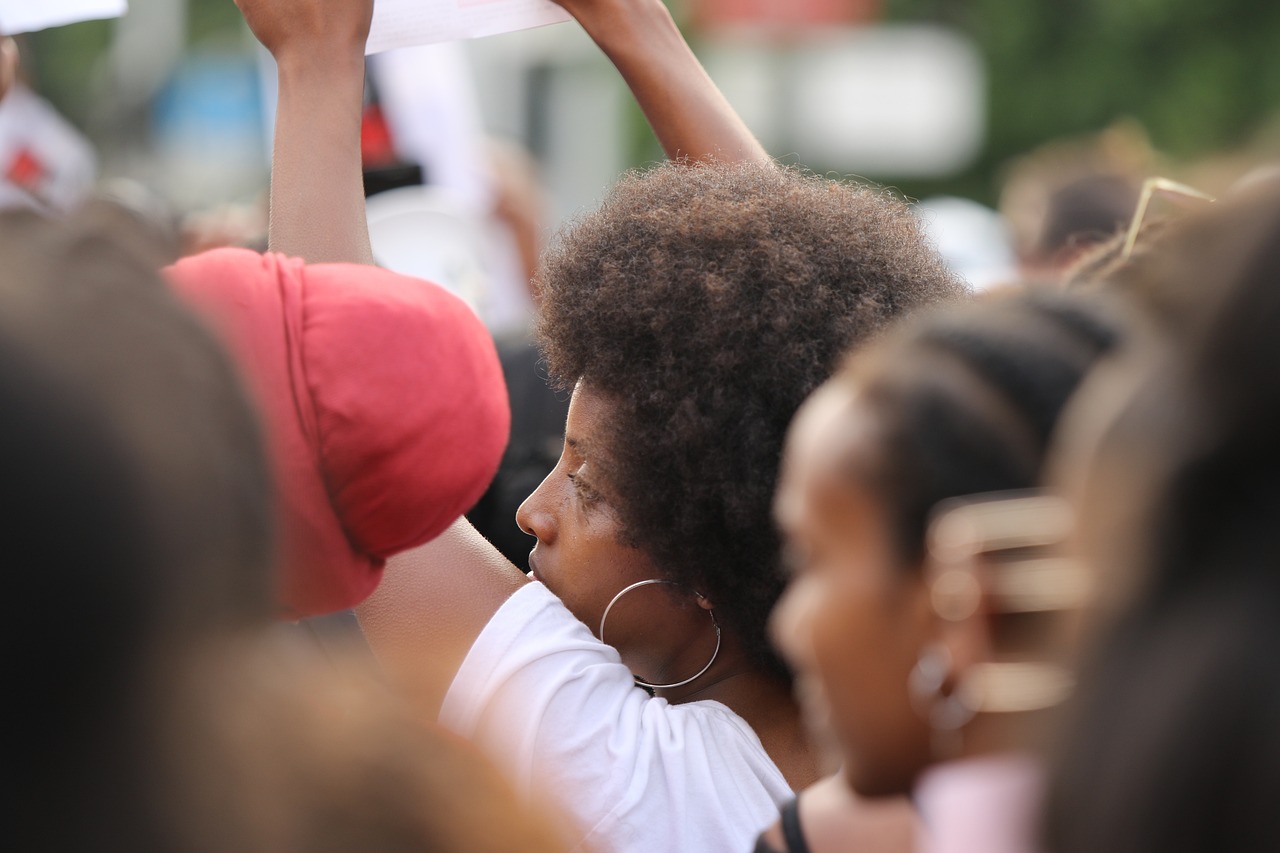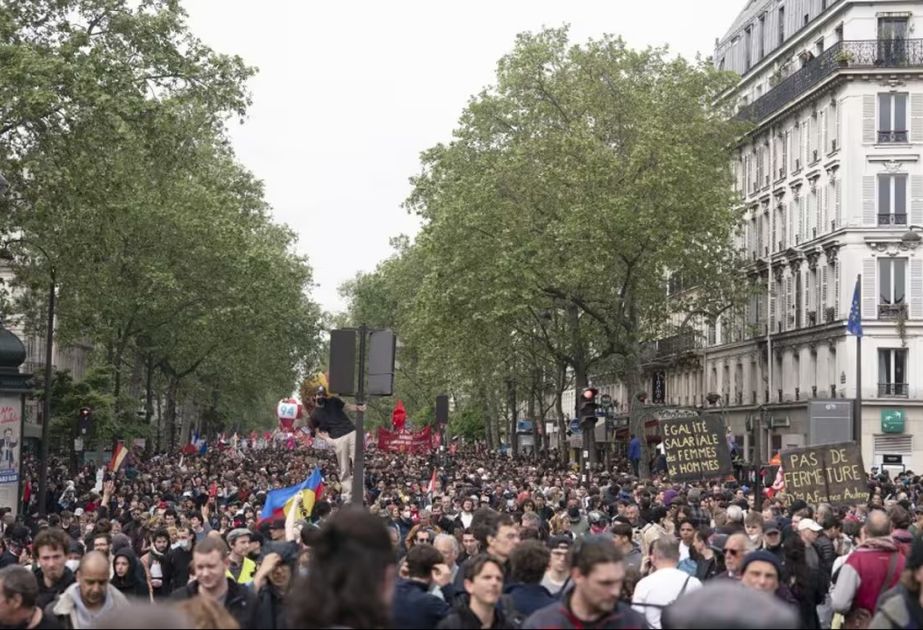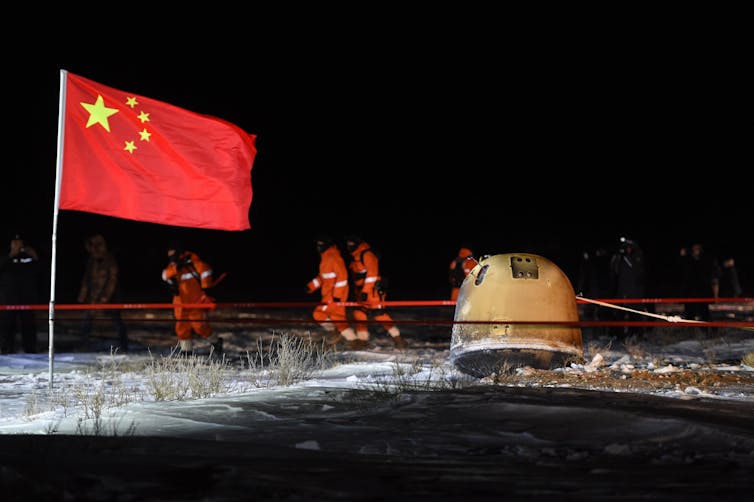Thousands of left-wing demonstrators on Saturday took to the streets across France to protest against the nomination of the centre-right Michel Barnier as prime minister and denounce President Emmanuel Macron’s “power grab”.
Protests took place in Paris as well as other cities including Nantes in the west, Nice and Marseille in the south and Strasbourg in the east.
Macron on Thursday appointed Barnier, a 73-year-old former foreign minister who acted as the European Union’s Brexit negotiator, as prime minister, seeking to move forward after July snap elections in which his centrist alliance lost its relative majority in parliament.
Barnier said on Friday night that he was open to naming ministers of all political stripes, including “people from the left”.
But a left-wing coalition, which emerged as France’s largest force after the elections, although without enough seats for an overall majority, has greeted Macron’s appointment of Barnier with dismay.
On Saturday, many demonstrators directed their anger at Macron and some called on him to resign.
“The Fifth Republic is collapsing,” said protester Manon Bonijol. “Expressing one’s vote will be useless as long as Macron is in power,” added the 21-year-old.
Hard-left leader Jean-Luc Melenchon, whose France Unbowed party (LFI) and allies belong to the left-wing bloc, has charged that the election had been “stolen from the French” and called on French people to take to the streets.
On Saturday, he urged supporters to prepare for battle. “There will be no pause,” he vowed.
“Democracy isn’t just the art of accepting that you’ve won, it’s also the humility of accepting that you’ve lost,” Melenchon said from a truck at the Paris protest.
Abel Couaillier, a 20-year-old student, said he was stunned by the appointment of Barnier, whom he called an “old elephant”.
“I am still young, I want to believe that we can change things and I will continue to go and vote,” added Couaillier.
The left-wing alliance wanted Lucie Castets, a 37-year-old economist, to become prime minister, but Macron quashed the idea, arguing that she would not survive a confidence vote in the hung parliament.
Police expected up to 8,000 people to protest in Paris. Smaller protests took place in other cities across France.
French vote fury as thousands take to streets, Macron branded elections thief
AAP
Sep 08, 2024,
France Unbowed leader Jean-Luc Mélenchon says France's new PM 'lost the election but he’s named'.
Thousands have taken to the streets across France to protest President Emmanuel Macron’s decision to appoint centre-right Michel Barnier as prime minister, with left-wing parties accusing him of stealing legislative elections.
Macron’s selection of the 73-year-old conservative and former European Union Brexit negotiator on Thursday capped a two-month-long search following his ill-fated decision to call a legislative election that delivered a hung parliament divided in three blocs.
In his first interview as government chief, Barnier said on Friday night his government, which lacks a clear majority, would include conservatives, members of Macron’s camp and he hoped, some from the left.
Barnier faces the daunting task of trying to drive reforms and the 2025 budget as France is under pressure from the European Commission and bond markets to reduce its deficit.
The left, led by the far-left France Unbowed (LFI) party, has accused Macron of a denial of democracy and stealing the election after the president refused to pick the candidate of the New Popular Front (NFP) alliance that came top in the July vote.
Pollster Elabe published a survey on Friday showing 74 per cent of French people considered Macron had disregarded the results of the elections, with 55 per cent believing he had stolen them.
In response to the appointment of Barnier, whose centre-right Les Republicains party is only the fifth bloc in parliament with less than 50 MPs, left-wing party leaders, unions and student bodies called for mass protests on Saturday ahead of new action, including possible strikes on October 1.
France Unbowed said 130 protests would take place across the country.
Barnier was continuing consultations on Saturday as he looked to form a government, a tricky job given he faces a potential no-confidence vote, with an urgent draft budget for 2025 due to be discussed in parliament at the start of October.
NFP and the far-right National Rally together have a majority and could oust the prime minister through a no-confidence vote should they decide to collaborate.
The National Rally gave its tacit approval for Barnier, citing several conditions for it to not back a no-confidence vote – making it the de facto kingmaker for the new government.
“He is a prime minister under surveillance,” National Rally party leader Jordan Bardella told BFM on Saturday.
“Nothing can be done without us.”
—AAP
Thousands protest in France against new prime minister
Demonstrators have denounced the choice of centre-right Michel Barnier as a Macron "power grab"
| AFP

A protester holds a placard reading "kings are beheaded" at Place de la Nation to demonstrate against the French President's "forceful blow" two months after the legislative elections, in Paris. Photo: AFP
Thousands of left-wing demonstrators on Saturday took to the streets across France to protest against the nomination of the centre-right Michel Barnier as prime minister and denounce President Emmanuel Macron's "power grab."
Police said that around 26,000 people demonstrated in Paris, while the left claimed a much higher turnout.
Smaller rallies took place in other cities across France including Nantes in the west, Nice and Marseille in the south and Strasbourg in the east.
Macron on Thursday appointed Barnier, a 73-year-old former foreign minister who acted as the European Union's Brexit negotiator, as prime minister, seeking to move forward after July snap elections in which his centrist alliance came second.
Barnier said on Friday night that he was open to naming ministers of all political stripes, including "people from the left".
But a left-wing coalition, which emerged as France's largest force after the June-July elections, although without enough seats for an overall majority, has greeted Macron's appointment of Barnier with dismay.
The left-wing alliance wanted Lucie Castets, a 37-year-old economist, to become prime minister, but Macron quashed the idea, arguing that she would not survive a confidence vote in the hung parliament.
On Saturday, many demonstrators directed their anger at Macron, 46, and some called on him to resign.
'Old elephant'
"The Fifth Republic is collapsing," said protester Manon Bonijol. "Expressing one's vote will be useless as long as Macron is in power," added the 21-year-old.
Hard-left leader Jean-Luc Melenchon, whose France Unbowed party (LFI) and allies belong to the left-wing bloc, has charged that the election had been "stolen from the French" and called on French people to take to the streets.
On Saturday, he urged supporters to prepare for battle.
"There will be no pause," he vowed.
"Democracy isn't just the art of accepting that you've won, it's also the humility of accepting that you've lost," Melenchon said at the protest.
Project manager Alexandra Germain, 44, accused Macron of riding roughshod over the wishes of voters.
"Demonstrating is my only way of saying that I don't agree, even if I am well aware that it is useless," said Germain.
Abel Couaillier, a 20-year-old student, said he was stunned by the appointment of Barnier whom he called an "old elephant".
"I am still young, I want to believe that we can change things," added Couaillier.
Leading LFI figure Mathilde Panot claimed on X, formerly Twitter, that 160,000 demonstrators protested in Paris and 300,000 people across France.
Five people were detained in Paris, police said.
'Under surveillance'
Marine Le Pen, who leads far-right National Rally (RN) lawmakers in parliament, has said her party would not be part of the new cabinet, and would wait for Barnier's first policy speech in front of parliament to decide whether or not to back him.
On Saturday, National Rally party head Jordan Bardella, who had hoped to be France's next prime minister, indicated that the far-right would be watching Barnier's every move.
"Mister Barnier is a prime minister under surveillance," said Bardella, 28.
Barnier immediately shot back, saying he had a responsibility towards French people, not the far-right.
"I am under the surveillance of all French people," he said on the sidelines of a visit to the Necker children's hospital in Paris.
Barnier will be in charge of the budget, security, immigration and healthcare and will have to take the interests of the National Rally, the single largest party in a fragmented legislature, into account to avoid a motion of no confidence in parliament.
Barnier - who is likely to have only minority support in the Assembly - will face the urgent task of presenting the 2025 budget by early October.
France: Thousands rally against Barnier's
appointment as PM
Many French citizens are angry that Emmanuel Macron appointed a veteran Conservative as his next prime minister — even though a left-wing alliance won the most number of seats in election in July.
Tens of thousands of demonstrators took to the streets of Paris and other French cities on Saturday to protest against the appointment of Michel Barnier as France's new prime minister.
President Emmanuel Macron appointed Barnier on Thursday, two months after legislative election delivered a hung parliament.
The election saw a left-wing coalition — the Nouveau Front Populaireor the New Popular Front (NFP) — win the most seats in the lower house of parliament.
Macron's centrist Ensemble or Together grouping was second and the far-right Rassemblement National or National Rally and its allies were third.
Barnier is a member of Les Républicains or The Republicans that came in fourth. No grouping won an overall majority.
Left-wing coalition denounces appointment of Barnier
Macron's decision to appoint Barnier, a veteran Conservative figure, over an NFP politician was denounced by the French left. They called it a "power grab" that does not reflect the will of the electorate and undermined democracy.
On Friday night, surveys suggested that 74% of French voters thought Macron had "disregarded" the results of the election, while 55% believed he had "stolen" them.
"The French people are in rebellion, they have entered into revolution," said Jean-Luc Mélenchon, head of the hard-left La France Insoumise or France Unbowed or LFI, the largest party in the NFP alliance.
"Democracy isn't just the art of accepting that you've won, it's also the humility of accepting that you've lost," he added. "There will be no pause, no truce. I call you to a long-term fight."
Why are French voters protesting?
At Place de la Bastille, a square where the Bastille prison once stood, protesters carried placards that read: "Where is my vote?"
Protester Manon Bonijol told the AFP news agency that France was "collapsing." The 21-year-old believed that "expressing one's vote will be useless as long as Macron is in power."
In the southwestern city of Montauban, a rally speaker told the crowd that "the people have been ignored."
Demonstrations had initially been announced by student unions at the end of August and were called by Melenchon's LFI.
French authorities were expecting around 15,000 participants at 150 events nationwide, including around 2,000 people in Paris.
But the appointment of Barnier on Thursday saw them revise that figure to over 30,000, with 8,000 people expected in the capital.
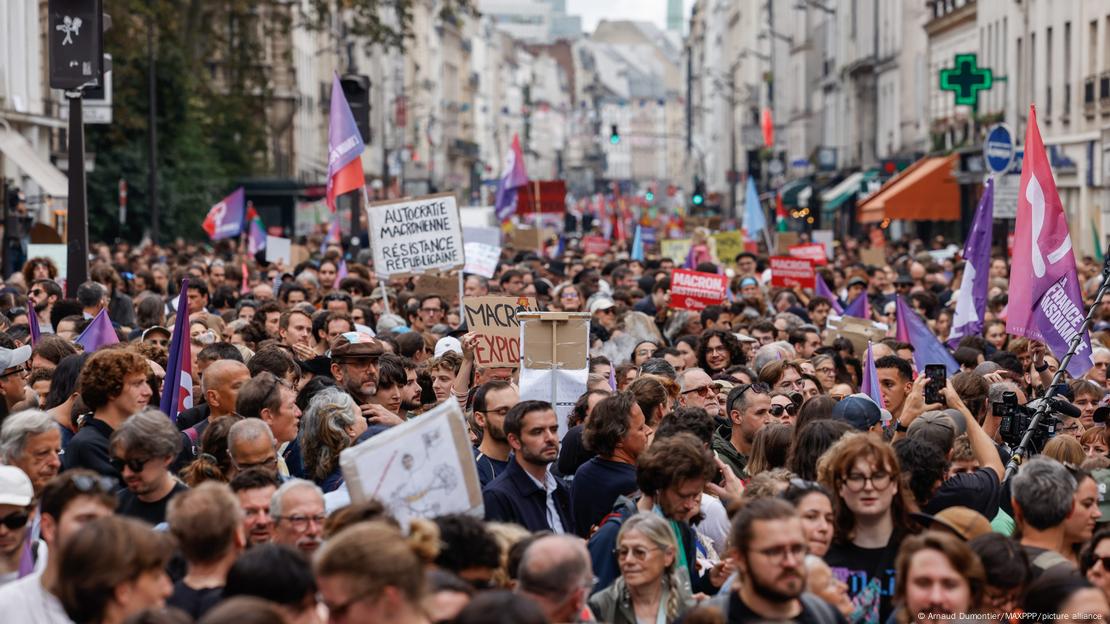
Over 8,000 were expected on the streets of Paris to protest against President Macron's appointment of Michel BarnierImage: Arnaud Dumontier/MAXPPP/picture alliance
French PM Barnier 'under surveillance' of far-right
While the appointment of Barnier has angered those on the political left, the far-right RN has cautiously welcomed the move.
"This is a man who has never been excessive in the way he has spoken about the RN or wanted to ban it," said party leader Marine Le Pen.
"This is a man of discussion who seems to fulfill our primary criterium, which was for someone who respects different political forces," she said.
Jordan Bardella, who was the RN's candidate for prime minister after the first round of voting, said: "Mr. Barnier is a prime minister under the surveillance of a party which is now unignorable in the parliamentary and democratic game: the National Rally. The reality is that nothing can be done now without us."
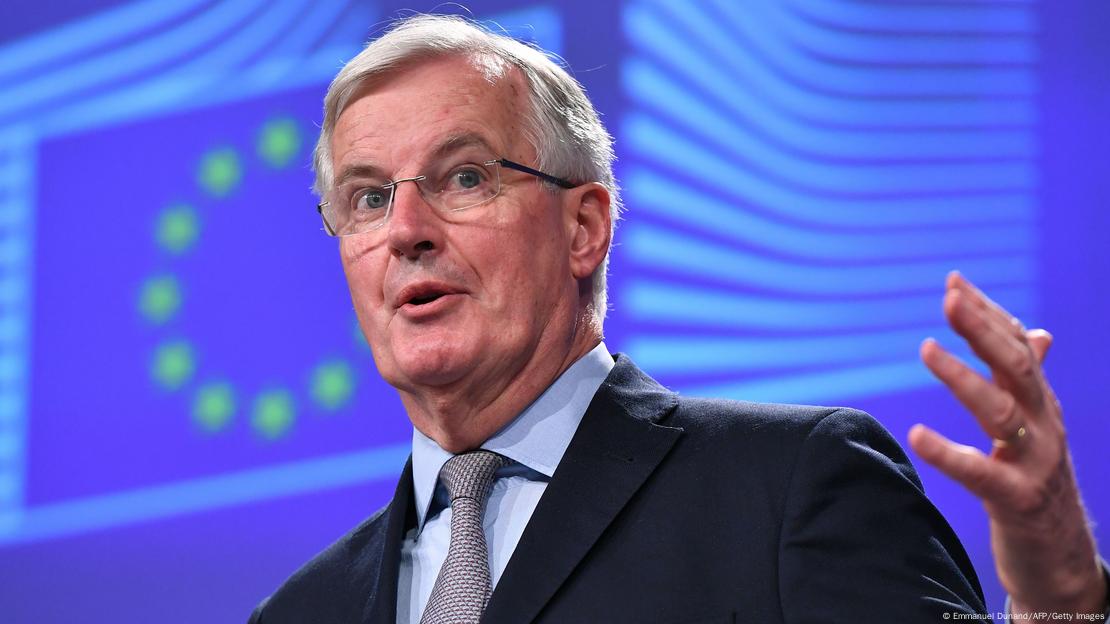
New French Prime Minister Michel Barnier is perhaps best known internationally as the European Union's Brexit negotiatorImage: Emmanuel Dunand/AFP/Getty Images
Who is Michel Barnier?
The NFP alliance had proposed Lucie Castets as prime minister, but Macron squashed the idea, arguing that the 37-year-old economist would not survive a confidence vote in the hung parliament.
Barnier is perhaps best known outside France for his role as the European Union's chief negotiator on Brexit.
Domestically, he has held several French cabinet positions, including as Minister of the Environment (1993-1995), Minister Delegate for European Affairs (1995-1997), Minister of Foreign Affairs (2004-2005) and Minister of Agriculture and Fisheries (2007-2009).
But critics have wasted no time in digging up his historic parliamentary record — highlighting that he was one of 155 lawmakers who voted against a law that decriminalized homosexuality in 1981.
Barnier's predecessor, Gabriel Attal, was France's first openly gay prime minister and, at 34, also its youngest. Barnier, 73, will be the country's oldest.
mf/rm (AFP, Reuters, AP)



